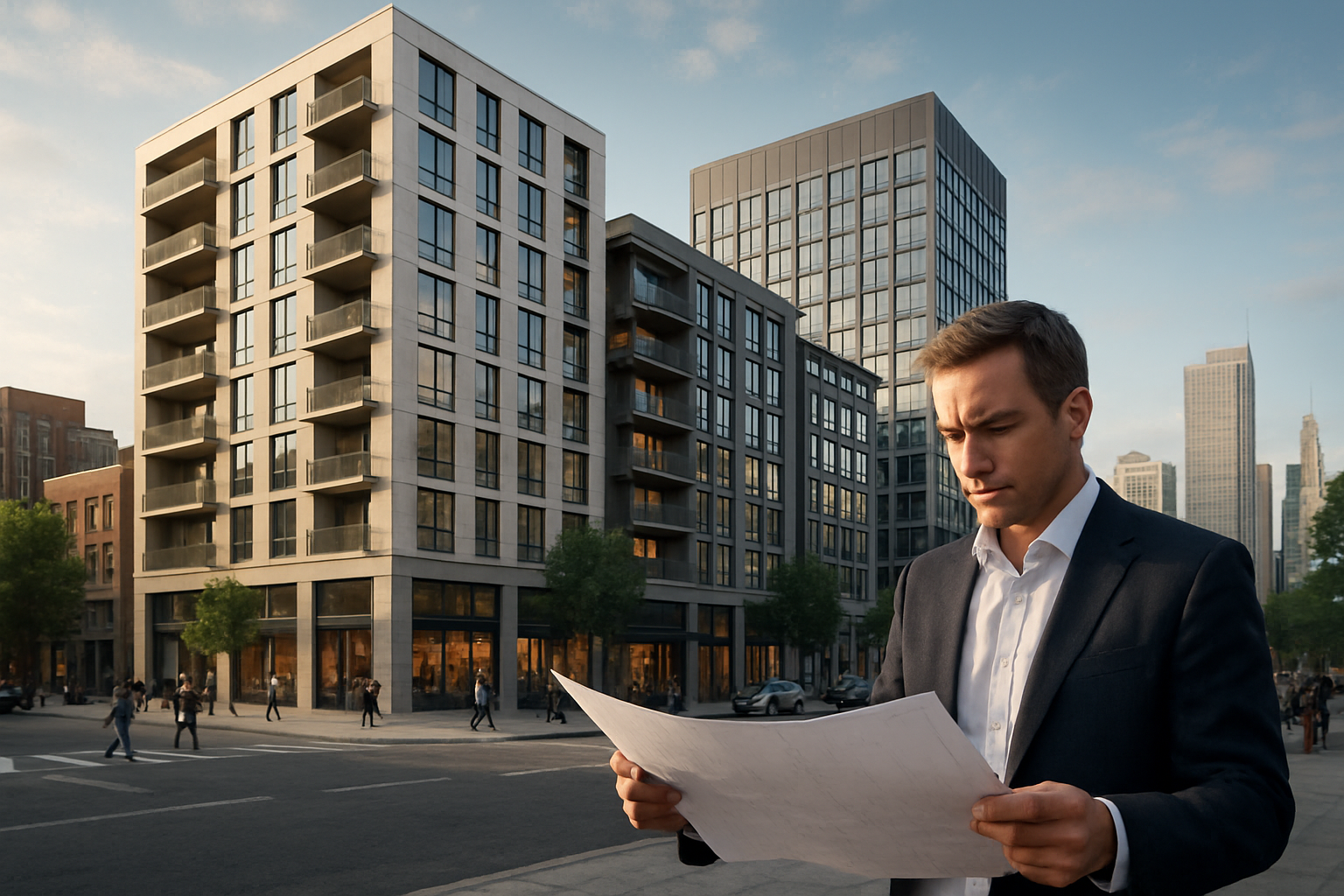Zoning Law Revisions: Reshaping Urban Landscapes
Introduction: Urban planners and local governments are increasingly turning to zoning law revisions as a powerful tool for reshaping cities. These changes aim to address modern challenges like affordable housing shortages, environmental sustainability, and evolving community needs. This article explores the latest trends in zoning law reforms and their far-reaching impacts on urban development.

The Evolution of Zoning Laws
Zoning laws in the United States date back to the early 20th century, with the first comprehensive zoning ordinance enacted in New York City in 1916. These laws were initially designed to separate incompatible land uses and protect property values. Over time, they became increasingly complex, often resulting in rigid segregation of residential, commercial, and industrial areas.
However, the limitations of traditional zoning became apparent as cities faced new challenges. Issues such as housing affordability crises, climate change, and the need for more walkable communities have prompted a reevaluation of zoning practices. This shift has led to the emergence of new zoning approaches that prioritize flexibility, mixed-use development, and sustainability.
Form-Based Codes: A New Approach to Urban Design
One of the most significant innovations in zoning law is the adoption of form-based codes. Unlike traditional zoning that focuses primarily on land use, form-based codes emphasize the physical form of buildings and their relationship to public spaces. This approach aims to create more cohesive and pedestrian-friendly neighborhoods by regulating factors such as building height, setbacks, and facade design.
Form-based codes have gained traction in cities across the United States, from small towns to major metropolitan areas. Proponents argue that this approach leads to more predictable development outcomes and fosters a stronger sense of place. Critics, however, caution that form-based codes can be overly prescriptive and may limit architectural creativity.
Inclusionary Zoning: Addressing Affordable Housing
As housing affordability becomes an increasingly pressing issue in many cities, inclusionary zoning has emerged as a popular policy tool. Inclusionary zoning ordinances typically require or incentivize developers to include a certain percentage of affordable housing units in new residential developments. This approach aims to create mixed-income communities and increase the supply of affordable housing without relying solely on public subsidies.
While inclusionary zoning has shown promise in some cities, its effectiveness remains a subject of debate. Supporters argue that it is an essential tool for promoting housing equity, while critics contend that it may discourage new development and ultimately lead to higher housing costs. As a result, many jurisdictions are experimenting with different variations of inclusionary zoning policies to find the right balance.
Transit-Oriented Development: Reimagining Urban Mobility
Transit-oriented development (TOD) has become a key focus of zoning reforms in many cities. This approach involves concentrating higher-density, mixed-use development around public transit hubs. By allowing for greater density and a mix of residential, commercial, and office uses near transit stations, TOD aims to reduce car dependency, promote walkability, and create more vibrant urban centers.
Implementing TOD often requires significant zoning changes, such as increasing allowable densities, reducing parking requirements, and permitting a wider range of uses. While these changes can face resistance from some community members, proponents argue that TOD is essential for creating more sustainable and livable cities in the face of climate change and growing urban populations.
Green Zoning: Integrating Environmental Sustainability
As cities grapple with the impacts of climate change, many are incorporating environmental sustainability goals into their zoning codes. Green zoning initiatives can take various forms, including incentives for energy-efficient buildings, requirements for green infrastructure, and regulations to protect urban tree canopy.
Some cities have gone even further by adopting comprehensive sustainability zoning overlays. These overlays typically apply additional environmental standards to new developments, such as requirements for renewable energy systems, water conservation measures, and green building certifications. While these initiatives show promise for reducing cities’ environmental footprints, they also raise questions about implementation costs and potential impacts on housing affordability.
Challenges and Future Directions
Despite the potential benefits of zoning law revisions, implementing these changes often faces significant challenges. Resistance from homeowners concerned about neighborhood character, pushback from developers worried about increased costs, and the complexities of updating longstanding regulations can all impede reform efforts.
Moreover, as cities experiment with new zoning approaches, they must navigate complex legal and political landscapes. Recent court decisions have challenged certain inclusionary zoning policies, while state-level preemption laws have limited some cities’ ability to implement innovative zoning reforms.
Looking ahead, the future of zoning law will likely involve continued experimentation and adaptation. As cities face evolving challenges related to housing, sustainability, and economic development, zoning codes will need to become more flexible and responsive to changing needs. This may involve embracing new technologies, such as 3D zoning maps and AI-assisted planning tools, as well as developing more participatory processes for community input in zoning decisions.
In conclusion, zoning law revisions represent a powerful tool for reshaping urban landscapes and addressing pressing urban challenges. As cities continue to evolve, so too will the legal frameworks that guide their development, paving the way for more inclusive, sustainable, and vibrant communities.





